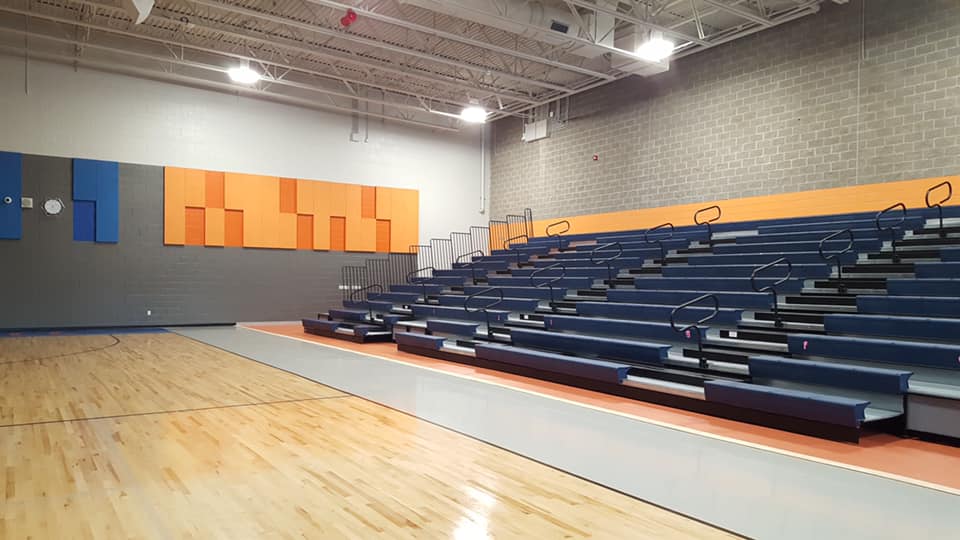
We won’t sugar-coat the logistical challenges: offering this service on an ongoing basis will be difficult for many libraries. Just as Apple disrupted conventional retail practices by eliminating traditional lines and removing cash registers from Apple stores, the pandemic has disrupted traditional library practices by causing patrons to eschew the circulation desk in favor of curbside pickup. Public libraries may have triggered a crisis of rising expectations in adapting to difficult conditions during the pandemic. Add design cues for one-way travel such as canting displays towards patrons traveling in the preferred directionīeth Filar Williams led a Pre-Pandemic Concierge Test at Oregon State Design library zones to allow for one-way pathways. Pathways - One-way pathways may continue to feel safer for patrons even after health restrictions subside. Just as the frugal habits of Depression-era children did not diminish as they became adults, we should expect library patrons to desire and demand more personal space for the foreseeable future.Īs patrons return to libraries, we can think of territorial issues as creating friction, meaning that while a lack of adequate planning for territoriality will not absolutely deter patrons from entering, browsing, sitting or engaging, it will make the experience less comfortable and, if not rectified, may reduce their total number of visits or visit duration.ġ. Just a year later, this same person hovering nearby has become an existential threat for the first time in 100 years. In 2020, an unknown person person in a public space passing close to us presented little or no physical threat in most of the country. The COVID-19 pandemic has reawakened our most territorial instincts. Co-workers in open office plans wear headphones to create the illusion of personal space, to compensate for being crammed together in ill-designed workspaces. Crowded elevators are usually silent, as are jammed subway cars. We guard against them by retreating inwards. But despite their frequency, these situations are instinctively uncomfortable for most of us. A commuter in one of these cities might routinely find herself pressed up against complete strangers. On a subway in New York City or Tokyo, we are likely to encounter absolute strangers well within our intimate space - the outermost band of which ends at 18 inches. There have always been exceptions to these rules. We feel comfortable around community members we don’t know when they’re at a sufficient distance for them not to immediately infect us, just as we feel comfortable around complete strangers with no shared connection (as on a sidewalk) when they are 12 or more feet away - or far enough away for us to react before they might attack us. It is no coincidence that health guidelines mandating 6’ of separation between individuals from different households falls comfortably within the range of Hall’s ‘personal reaction bubbles’ for social space of 4–12’. We predict new relevance for territoriality during the post-pandemic era. Edward Hall, an American anthropologist studied cultural concepts of personal space and helped create the definitions of territoriality guiding design today. But the basic instinct for distance from strangers also stems from the need for protection against attack and infection. In its worst incarnation, this manifests as xenophobia and racism. In this article, we examine seven fundamental issues that libraries confront as they plan for the future and how these affect library space planning and design.Ī fear of strangers is one of our oldest instincts as a species. New libraries cannot wait for society to settle before they are built. Essential services still move forward, however. Will our struggles today will lead us to greater comity or further division? These questions remain unsettled. Nobody knows - or can know - what the patron of 2022 wants.

Others must prepare for renovations or new construction in the face of grave uncertainties. For some, this means reorganizing and reopening. In the midst of ongoing turmoil, libraries must still plan for the future. Our civic dialogue broke down more than at any time since Reconstruction. Patent untruths and conspiracy theories flourished in the mainstream. Our civil society fractured, as citizens living side by side consumed vastly different information streams. The past year frayed the fabric of American life. Art Wall by Paul Kjelland and Nicholas Lampert from Villard Square Library (Milwaukee Public Library)


 0 kommentar(er)
0 kommentar(er)
